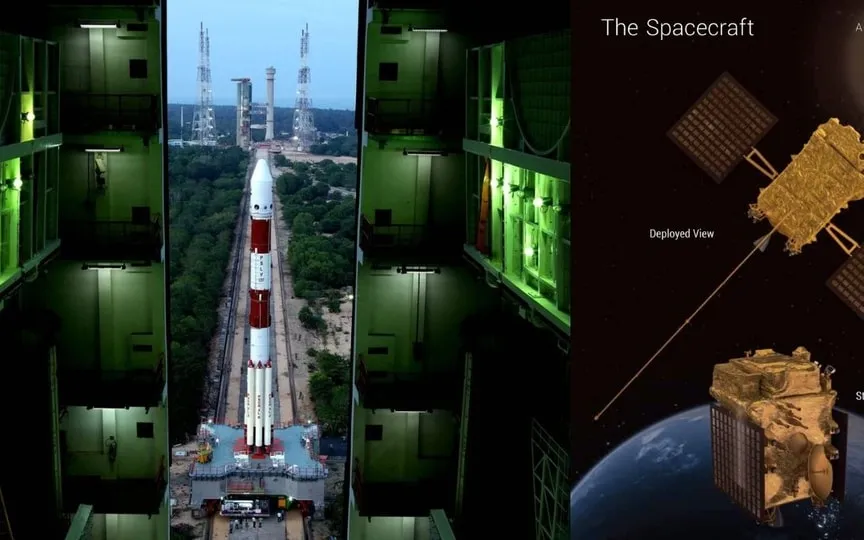Watch ISRO’s Aditya-L1 Mission Launch Live Online Tomorrow to Study Solar Activity
After the Chandrayaan-3 spacecraft successfully landed on the moon, the Indian Space Research Organisation (ISRO) is now preparing for the launch of its first solar mission, Aditya-L1. The mission is set to take off tomorrow, September 2, from the Satish Dhawan Space Centre in Sriharikota. Discover how and where to watch the live stream of the event online.
The Polar Satellite Launch Vehicle (PSLV) is all set to begin its remarkable 57th space mission aboard the Aditya-L1 spacecraft. The launch event is scheduled to take place at 11:50 IST from the designated launch pad.
How to watch ISRO’s Aditya-L1 launch?
Enthusiasts around the world will have the opportunity to witness this historic event as the launch will be broadcast live on ISRO’s official YouTube channel.
ISRO has also extended an invitation to citizens who wish to watch the launch in person from the Launch View Gallery in Sriharikota. Registration for this unique experience opened on August 29, allowing space enthusiasts to secure their spot.
Aditya-L1 Task Comprehension
The Aditya-L1 mission holds immense significance for ISRO as it marks India’s inaugural mission to explore the Sun. The spacecraft will be equipped with seven scientific payloads designed to study different aspects of the Sun.
These instruments closely study the photosphere, chromosphere and corona, which are the outermost layers of the Sun. Four of these payloads have a direct line of sight to the Sun, while the remaining three perform in situ studies of particles and fields at the Lagrange point L1.
The spacecraft will be strategically placed in a halo orbit around the Sun-Earth system’s Lagrange point 1 (L1), located approximately 1.5 million kilometers from Earth. This strategic vantage point enables continuous observation of the Sun without occultations or eclipses and provides real-time information on the sun’s activity and its effects on space weather.
The mission’s primary goals are to gain valuable insights into coronal heating, coronal mass ejections, preflare and flare activity, and their properties. It also studies the dynamics of space weather and the propagation of particles and fields.
The Aditya-L1 mission is expected to take about four months to reach its destination.
Other significant solar missions
It is worth noting that NASA launched Parker Solar Probe back in August 2018. A significant milestone for the satellite came in December 2021, when Parker Solar Probe made a bold journey through the Sun’s upper atmosphere, known as the corona. During this mission, it took samples of particles and magnetic fields, marking the first spacecraft in direct contact with the Sun.
As the Aditya-L1 mission prepares for liftoff, the world is eagerly awaiting the wealth of scientific information and groundbreaking discoveries it promises to bring in the field of solar research.




